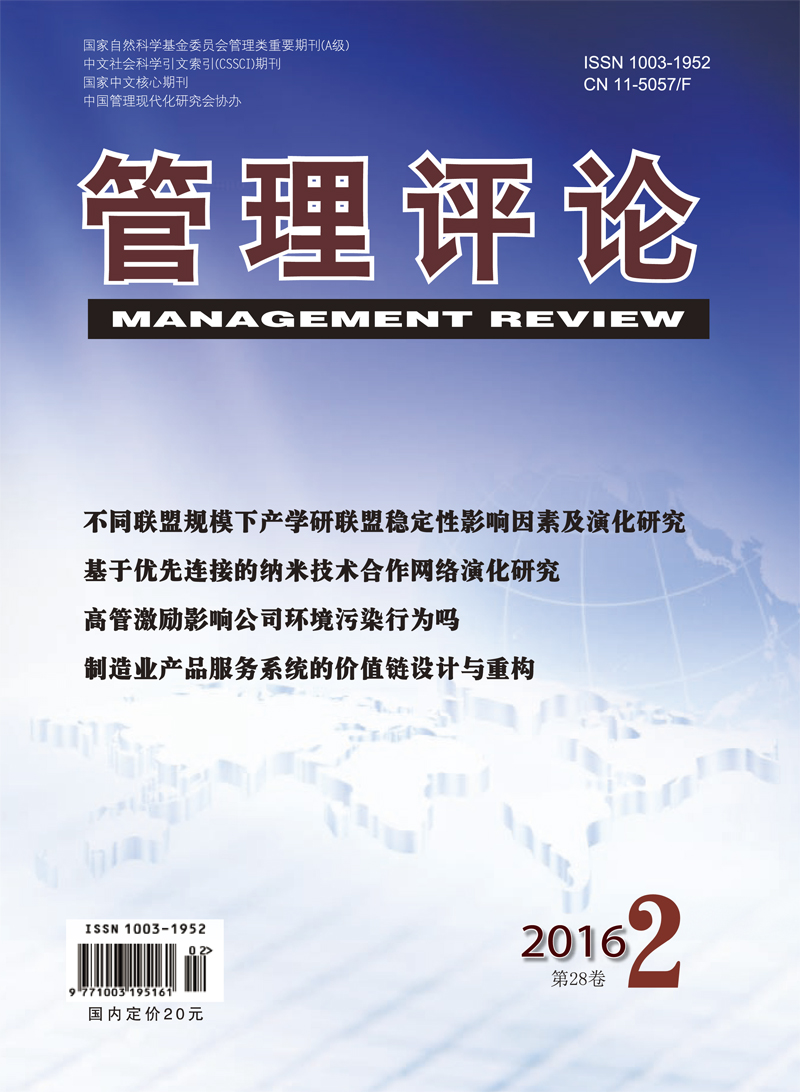Based on the existing theoretical research and combined with the practice, using the grounded theory, this paper constructs a model of cooperation management, relationship quality and outsourcing effect for sanitation service outsourcing. Through the survey of sanitation service outsourcing related departments of Shenzhen, this paper establishes a structural equation model (SEM) to verify the assumption. The research result shows that the influence factors of cooperation management: coordination and supporting, supervision and control, performance evaluation, and the influence factors of relationship quality: trust, commitment, consensus, they all have positive influence on effect of sanitation service outsourcing. At the same time, the coordination and supporting through trust, performance evaluation through consensus both can have a positive impact on outsourcing effect, therefore, cooperation management can not only directly affect the effect of the sanitation service outsourcing, also can through the relationship quality indirectly influence the outsourcing effect. Based on this, the paper begins from the source influence factor, i.e. cooperation management, to put forward the corresponding countermeasures and suggestions for the sanitation service outsourcing of local government.

